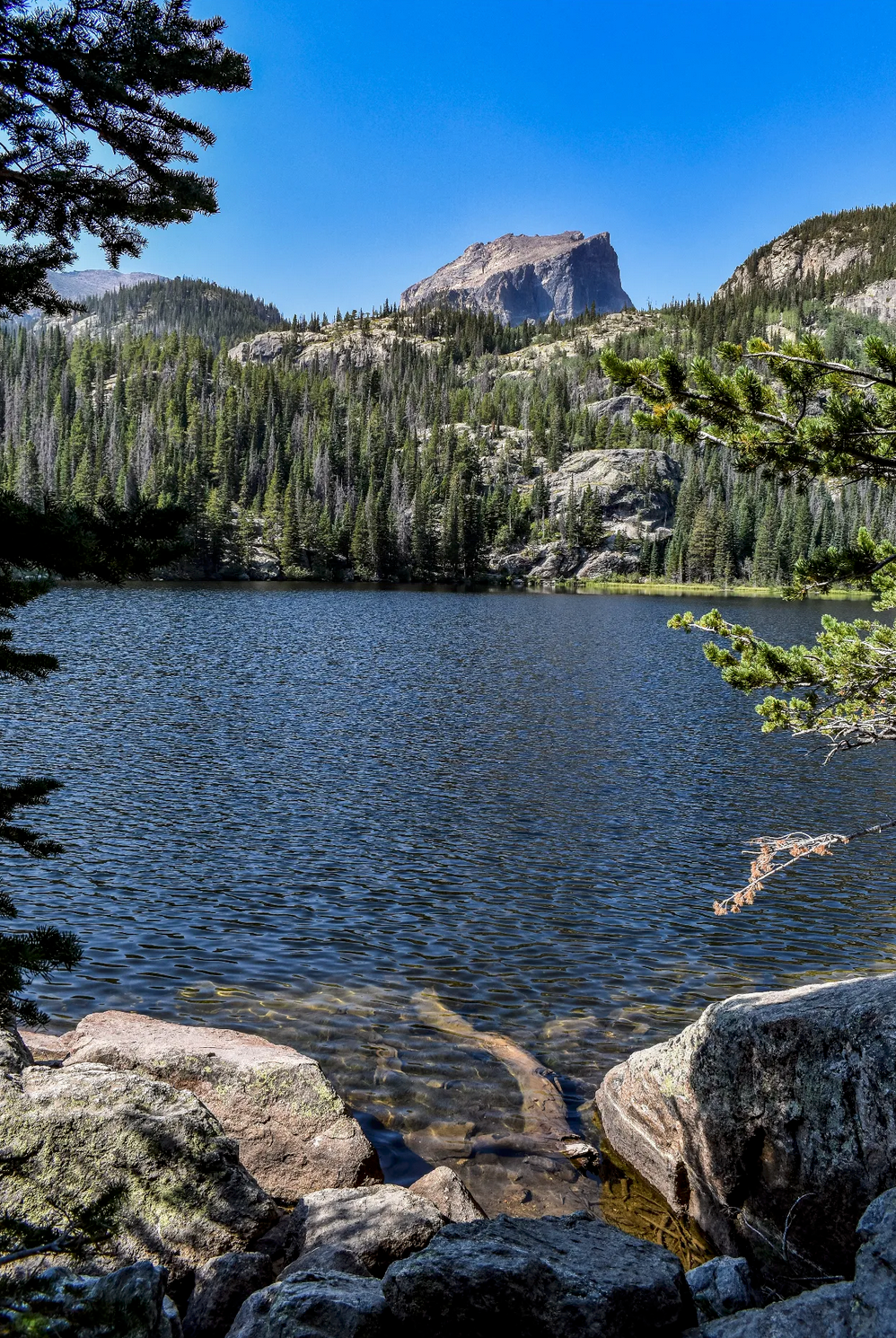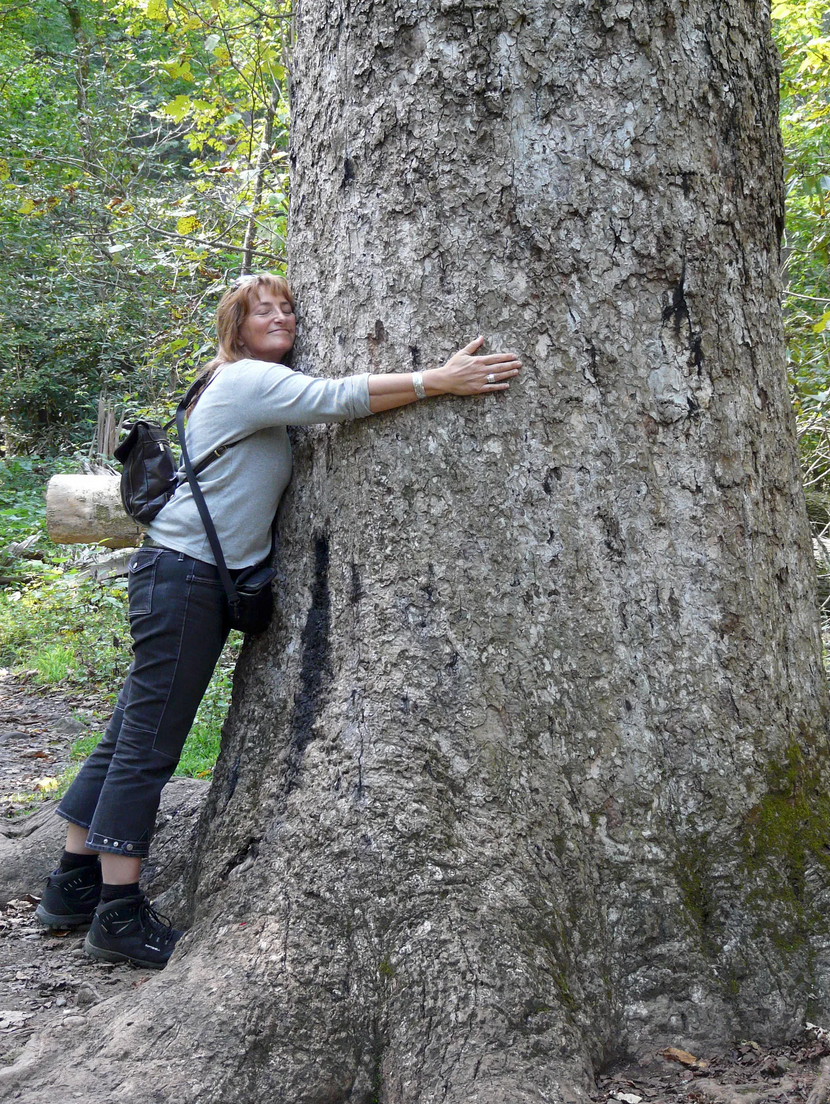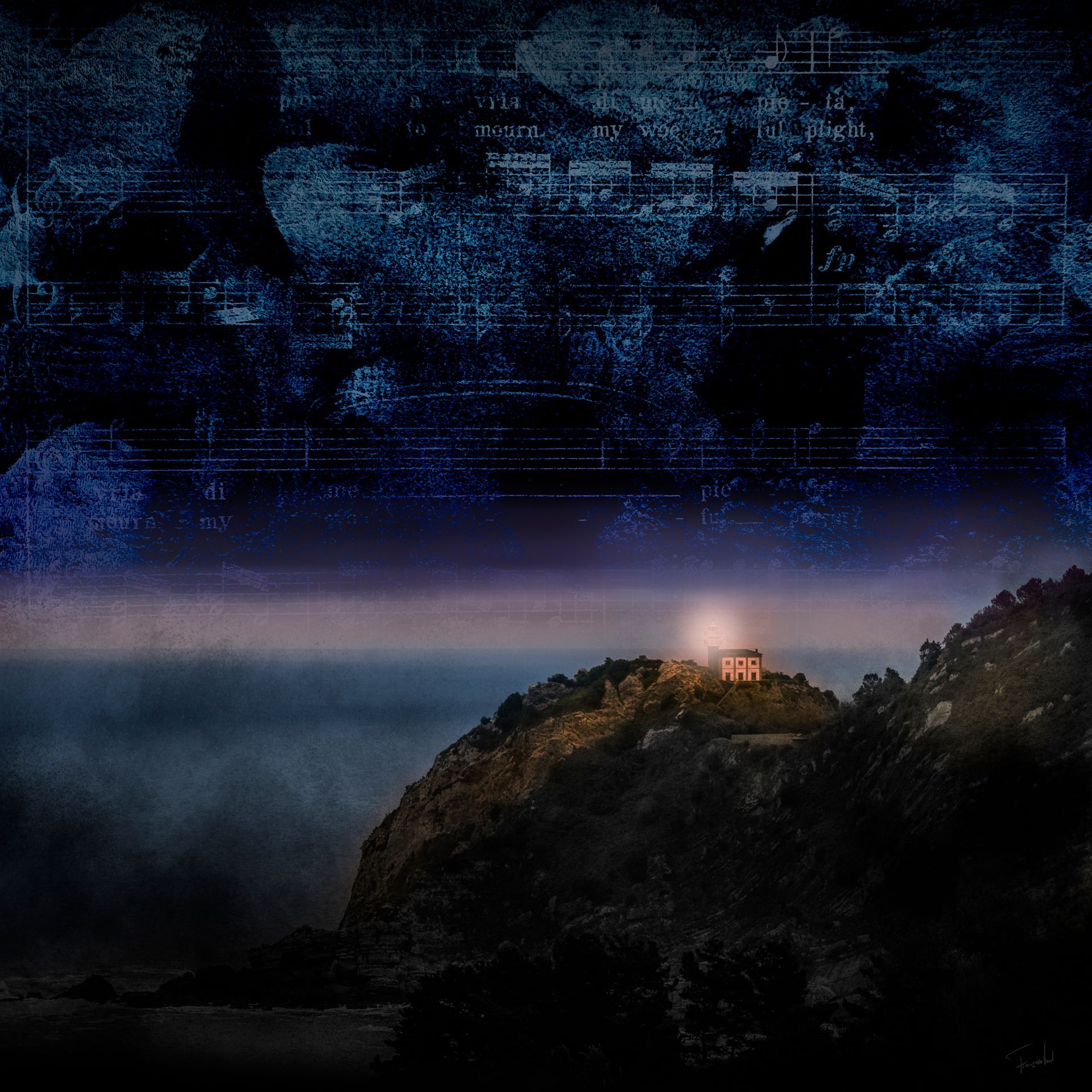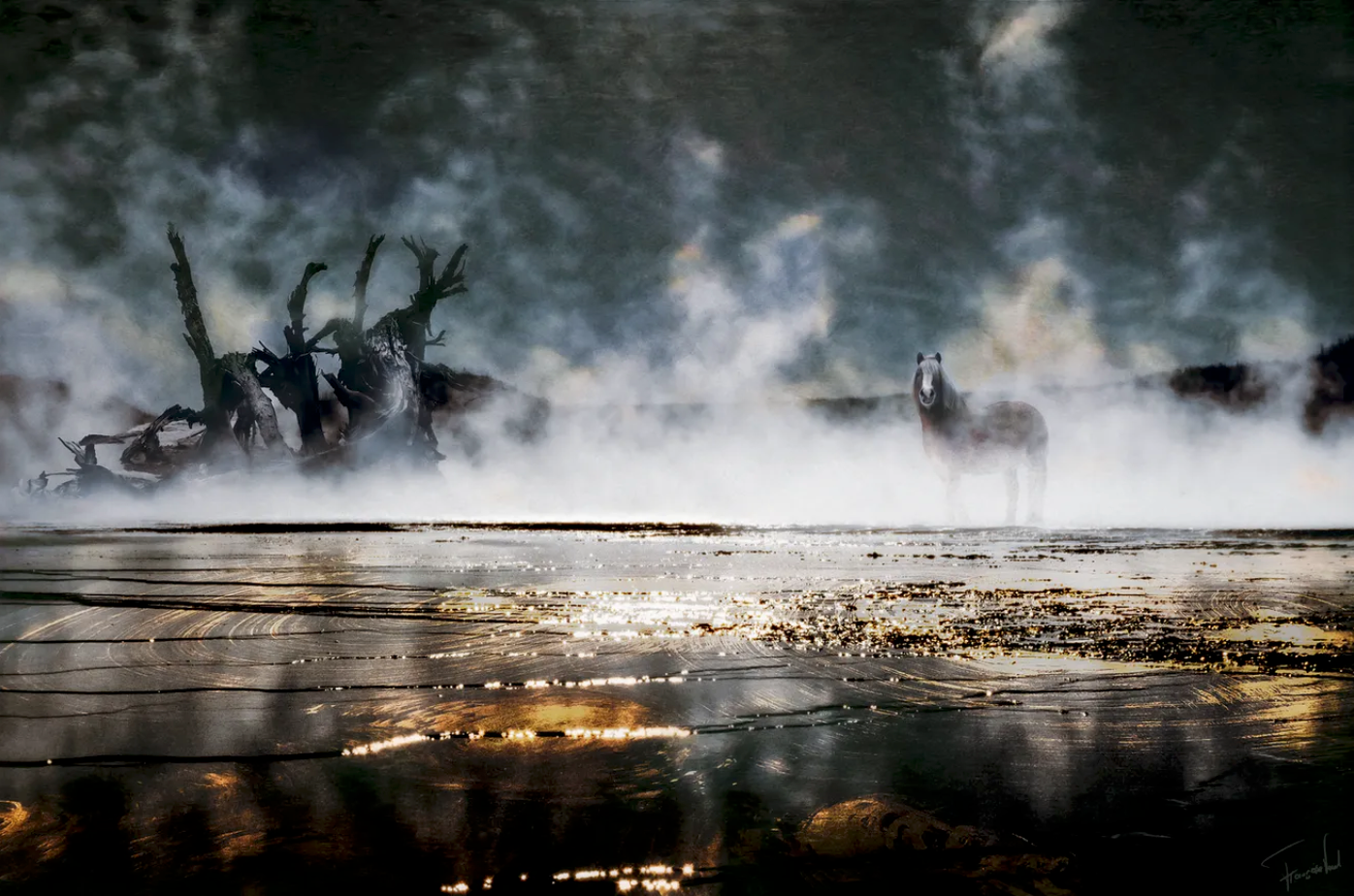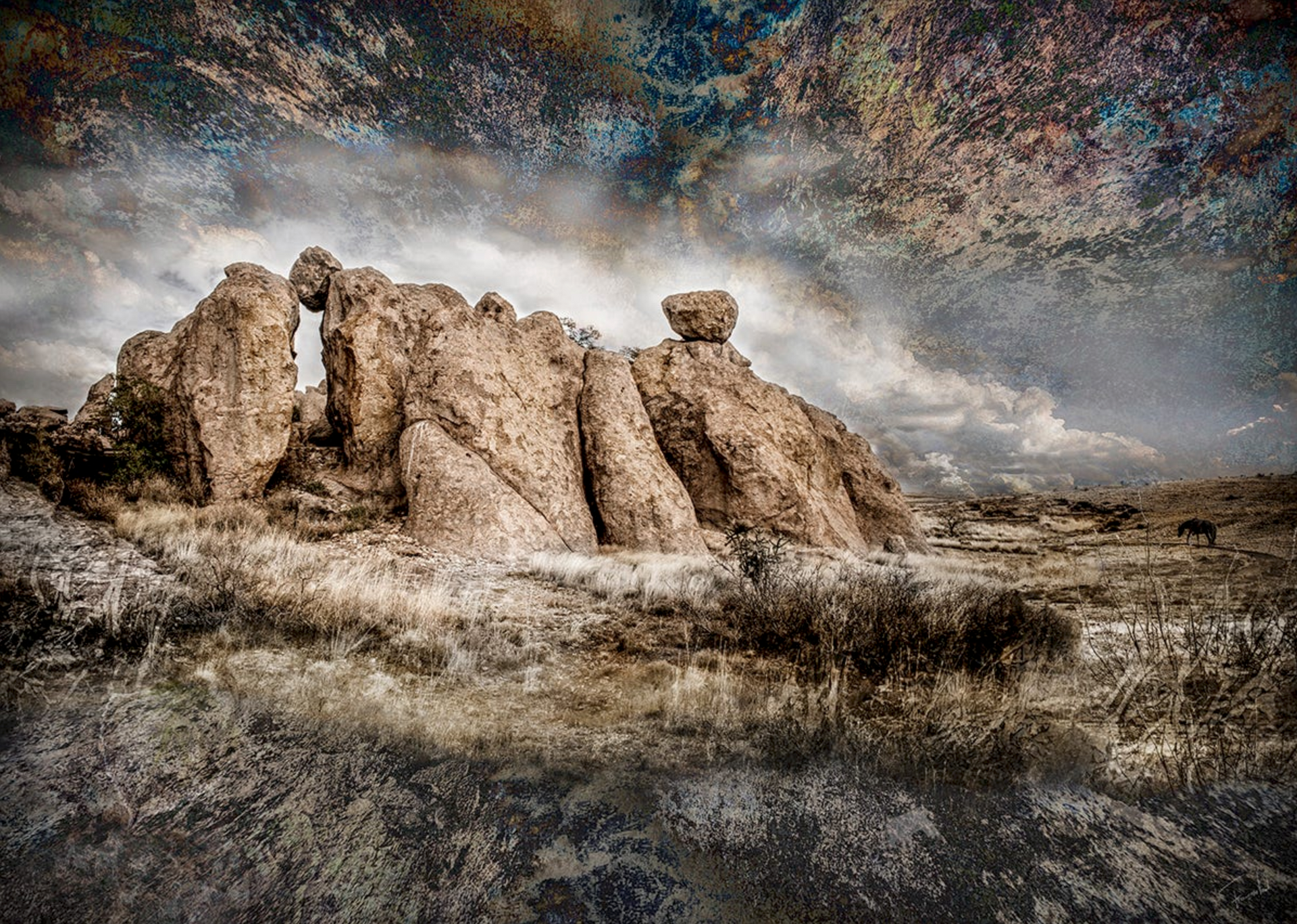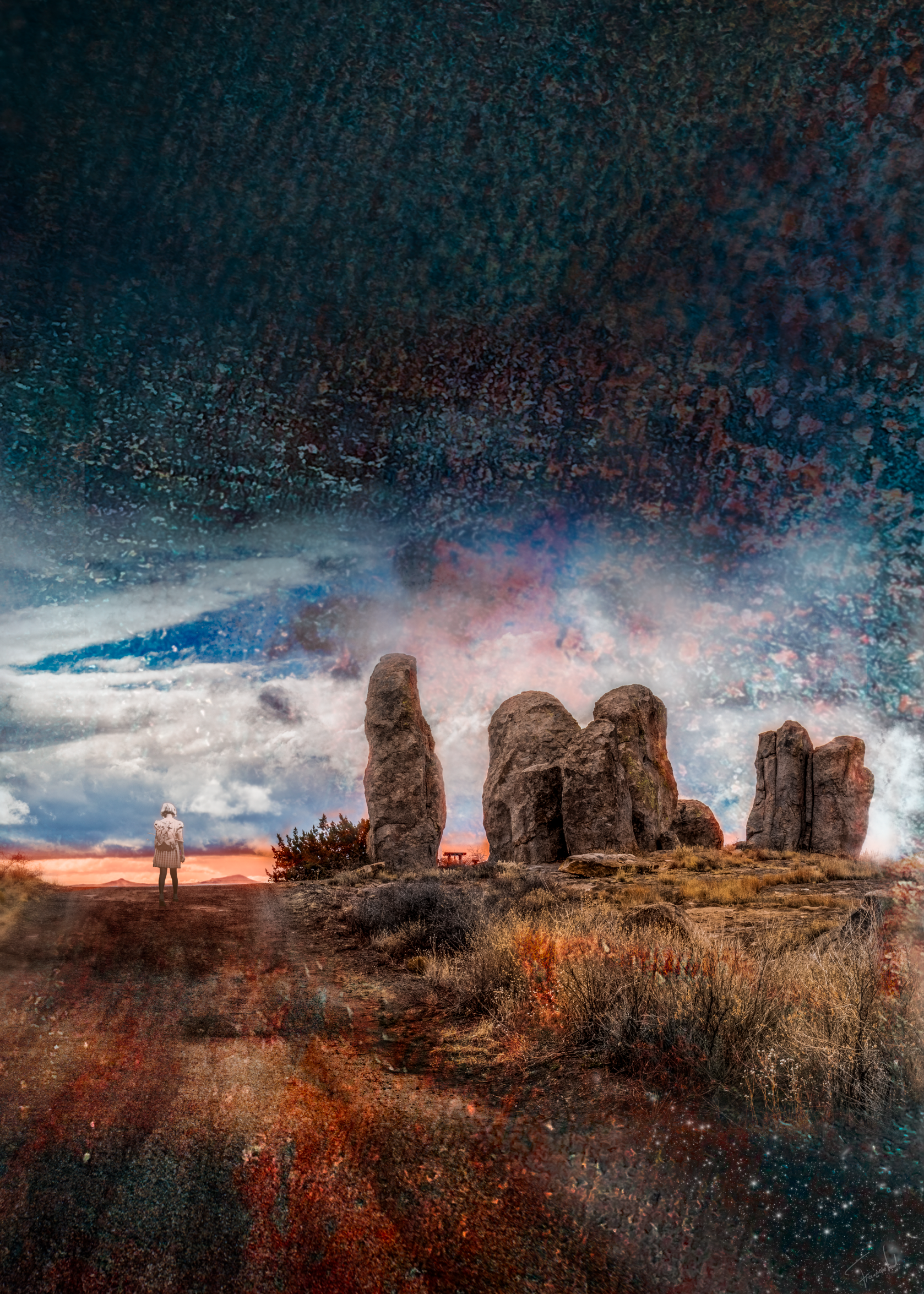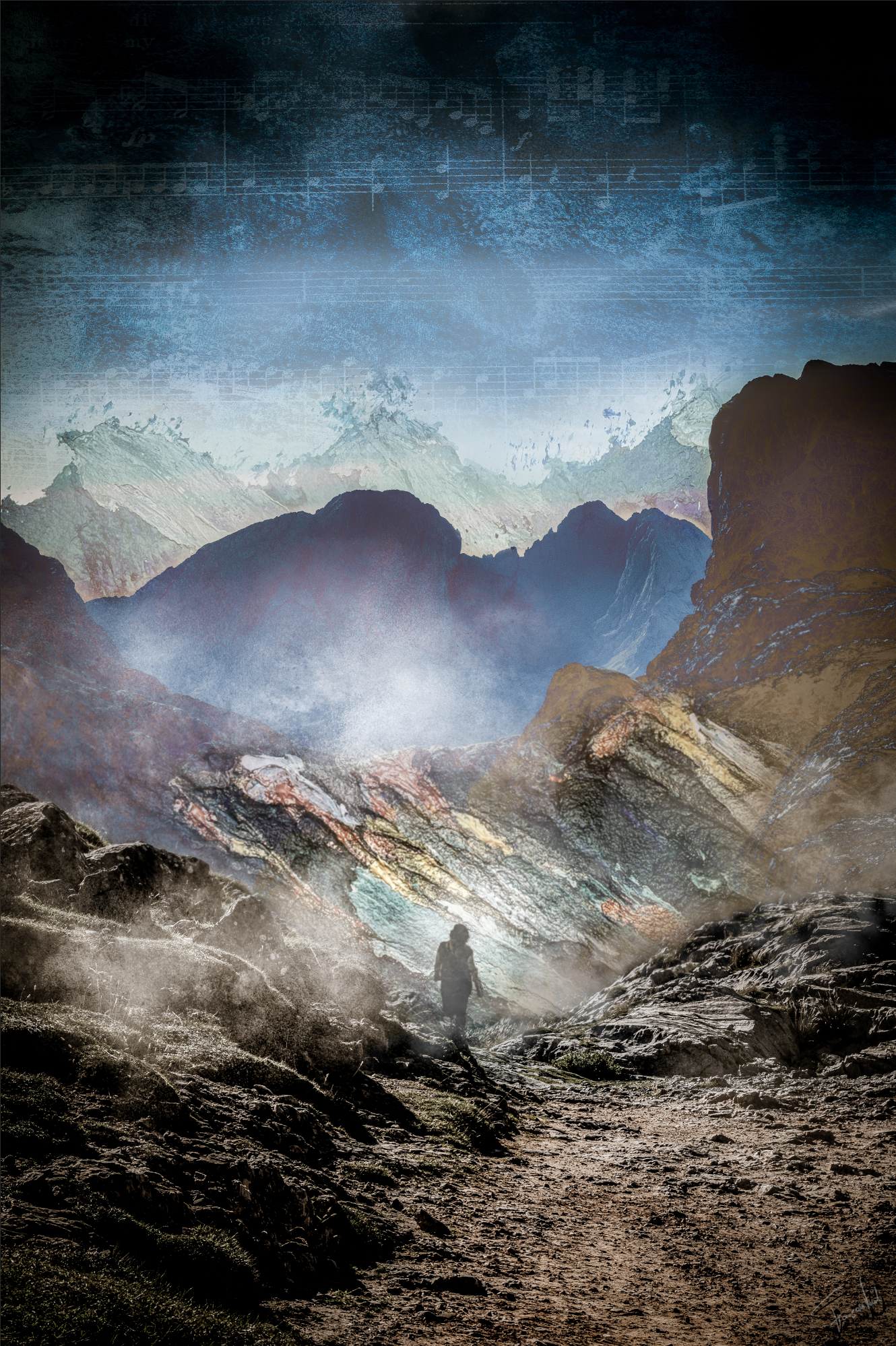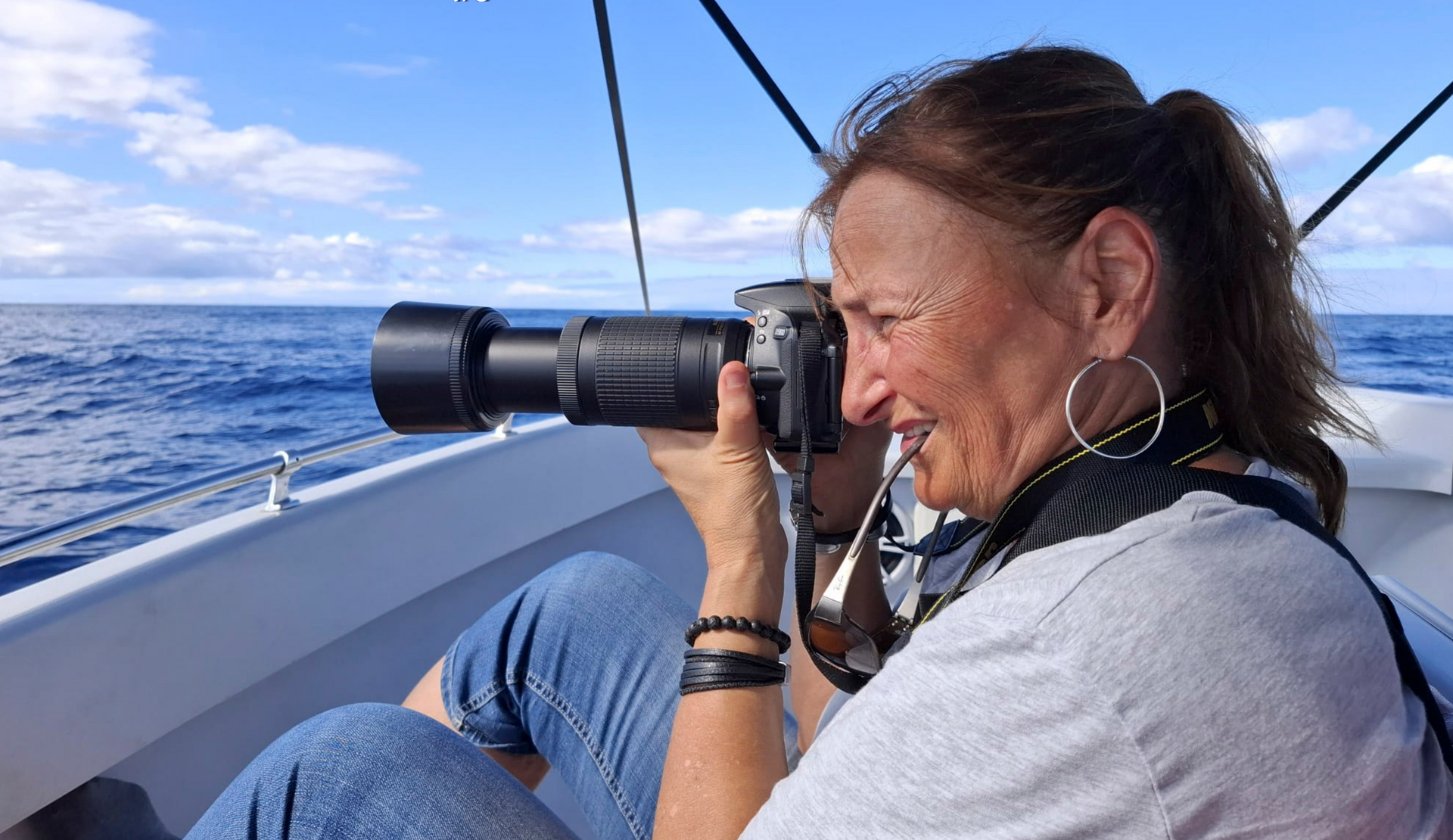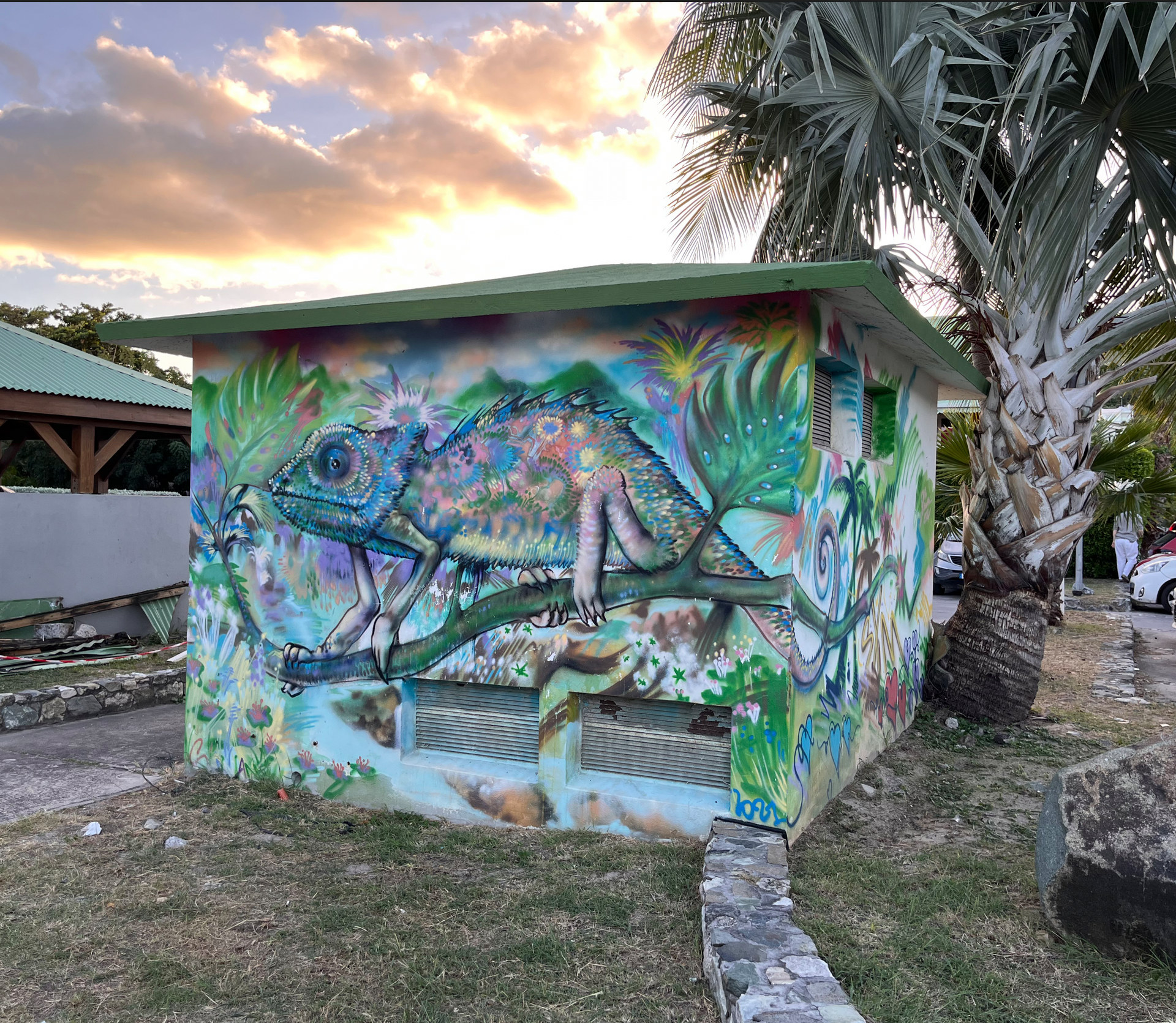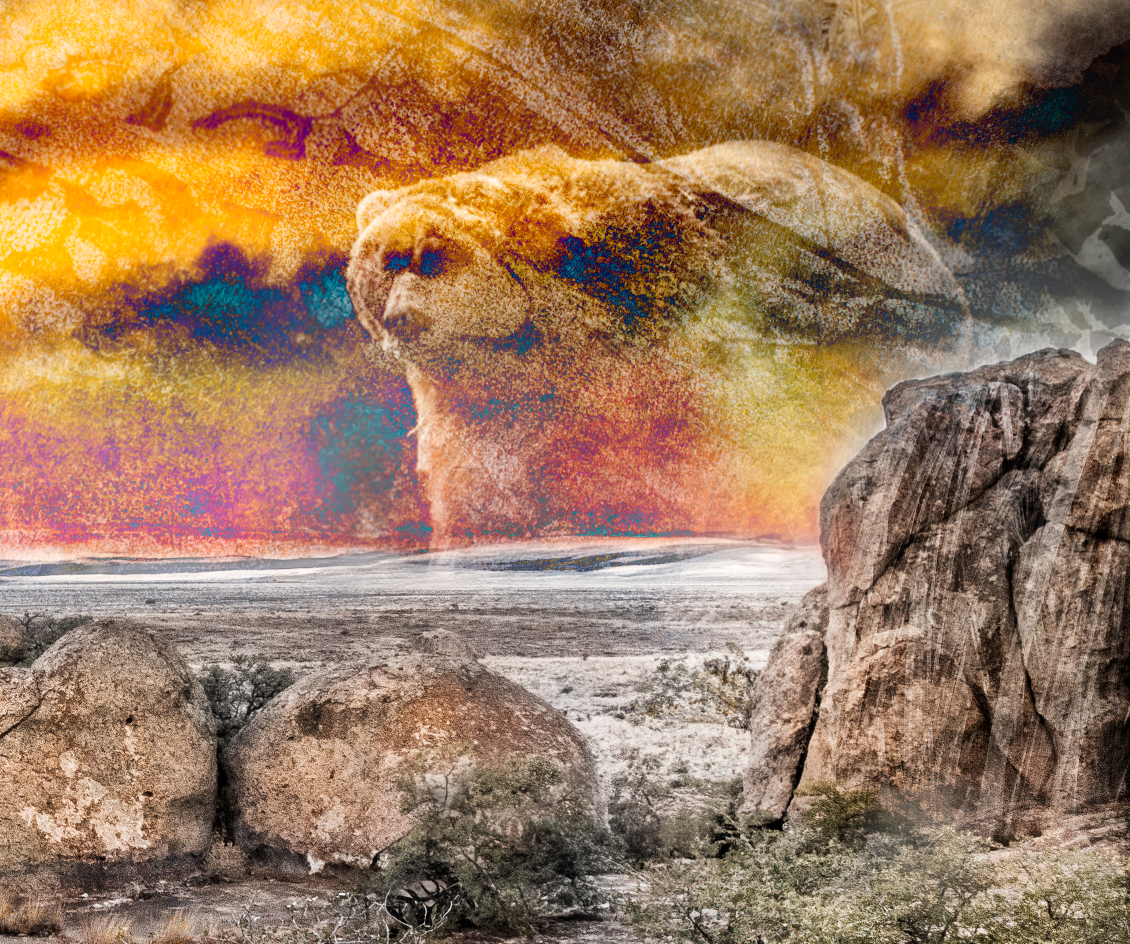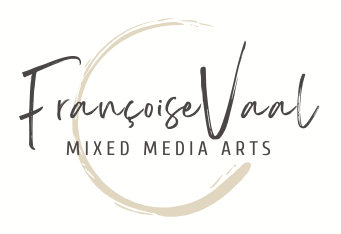What your body knows before your brain catches up
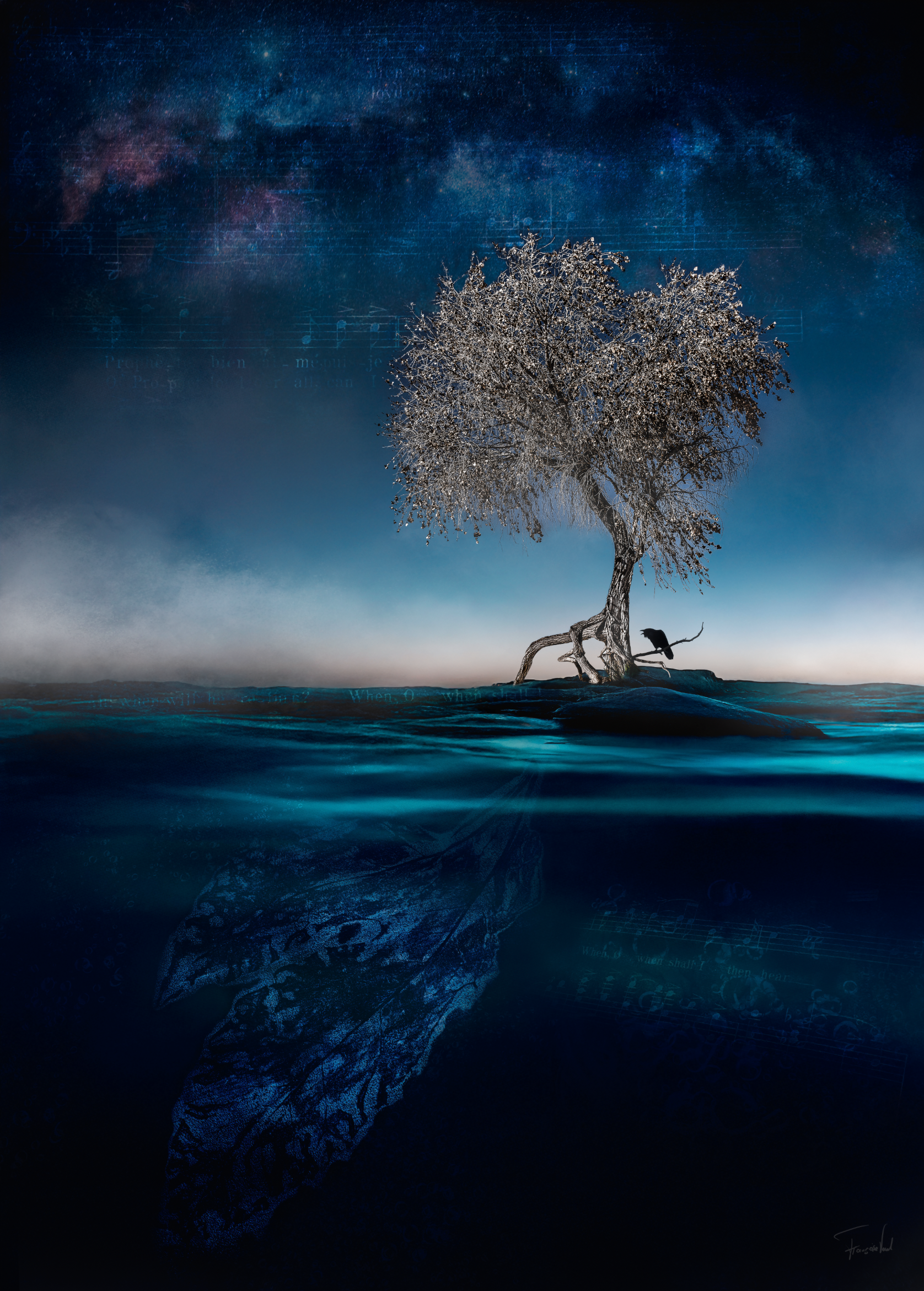
“If you don’t know what you feel, how do you know what’s good for you?” That was the question I used with almost all of my clients, when I was running my counseling practice. Most people say they want to feel better, but they’re out of touch with what their own body is trying to tell them. They’re not broken, just cut off from the information that actually matters.
We’re wired, like every other living thing, to move toward what feels good and away from what doesn’t. But modern life flips that logic. We spend more time dodging short-term discomfort than choosing long-term well-being. Thoughts and worries take over, senses go quiet. We lose track of what feels right.
You’re not making rational decisions
Your body isn’t the problem. It’s been whispering all along. A twinge in your gut. A flicker of unease. A subtle pull toward or away from something. We call it instinct or intuition, but it's just sensory input we never learned to read.
Most senses provide a tingling or a fleeting registration of something—a 'gut feeling,' as it's often called. Or: 'I feel it in my bones.' This sensory experience can also be called intuition, instinct, or fascination. 'Sensing' is information that comes naturally, without thinking about it. It is wisdom deeply stored within you that suddenly surfaces.
For example, the feeling of spring arriving, or the sensation you get from the color red. Or automatically being able to point to the magnetic north or sensing an electrically charged field. Some people feel that a storm is coming without looking at the sky. They register a change in air pressure, light, and/or electromagnetism. Some people have a keen sense of smell and can precisely tell you which herbs are used in a particular dish. Most of us can’t do that, because we barely use our senses. Especially smell.
Your nose knows more
Walk through a forest and you inhale molecules, phytoncide,from the trees. You don’t notice them, but your immune system does. They lower stress. They boost natural killer cells*, the body’s internal cleanup crew. A study by Dr. Qing Li of Nippon Medical School in Tokyo, showed people who slept in hotelrooms infused with volatile aromatic cypress substances, having lower stress levels and more natural killer cells in their blood than when the rooms were not provided with them.
This kind of “real” feeling doesn’t come from thinking. It comes from being in contact with the world. A sheep chewing cud. A blackbird feeding its chicks. A plant stretching toward the light. You don’t need to interpret it. Your body does that on its own.
We’re drawn to beauty not because it’s decorative, but because it feels good in our bodies. That feeling is useable data.
Composing art with the awakened senses
As an artist, this isn’t just theory—it’s how I work. My process begins in the body, not the brain. I rely on my senses to tell me when an image lands, when a certain shape opens something emotional, when a piece of paint or texture hums in harmony—or disrupts in a way that feels necessary.
I don’t go looking for “inspiration.” I wait, I walk, I sense what the place wants to show. The landscapes I’m drawn to are rugged, vast, often empty of people but full of presence. They are never just scenery—they are living beings with energy and memory. My art practice is rooted in a longing to connect with that presence, and to offer viewers a glimpse into something wordless but deeply felt.
Often, I create mysterious portals in my images—thresholds that suggest a hidden dimension, a spiritual quality in the land itself. I build these using photography, paint, and physical texture, layering sensory impressions rather than ideas. The result is not a document of a landscape, but a conversation with it.
I don’t analyze my way through a collage or a photograph. I follow a subtle pull—sometimes a shift in breath, sometimes a physical tension in the chest or belly—that tells me, this matters. The mind often tries to catch up, offering meaning, symbolism, cleverness. But the art only works when I listen first and name later. The body always knows before the brain makes sense of it.
When I speak about listening to your body, I mean it literally—but I also mean it artistically. My body tells me when a piece is finished, when a spirit of the land has entered the frame. Sometimes it’s a shiver. Sometimes it’s a sense of peace. These are not feelings to analyze. They are guides—just like the sudden instinct to turn away from a rising tide or to pause when a blackbird sings.
My work is my way of remembering how to listen.
A sense of urgency example: the Jarawa.
The recent devastating floods in Texas reminded me of when the 2004 tsunami hit the Indian Ocean. Most people on the Andaman Islands were caught off guard. The Jarawa people weren’t. They watched the sea. They noticed the birds. They felt the air pressure shift and moved to higher ground. No alerts. No rational analysis. Just attention. They survived.
Now think of thTexas floods. Whole campgrounds submerged after the river swelled faster than predicted. The alerts existed, but they often didn’t reach campers or arrive in time. That’s where the question becomes deeply personal for me:
Could more people have survived if they'd listened to their bodies instead of waiting for external confirmation?
Could more have survived if they had trusted the unease in their bodies? The strange quiet? The air that smelled wrong?
We’ll never know. But this question matters. I am definitely not saying to get rid of all the government emergency warning systems, but just throw your own warning system of senses into the mix. Our bodies know so much more than we think.
Dust off your tools
Real feeling isn’t abstract. It’s immediate. Physical. Often inconvenient. But it’s sharp, and it’s fast. You don’t need to train for it—you need to stop overriding it with thoughts.
Trusting your senses isn’t about mindfulness or self-care. It’s about staying human in a world that keeps asking you to numb out. You already have the tools. You just stopped using them.
I’ll leave you with this:
Do you recognize the peaceful feeling when you look at your sleeping dog or cat? If you feel like lying down immediately, could this mean that you have a strong need for rest?


